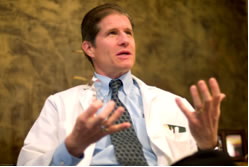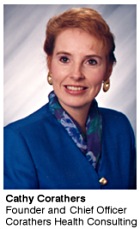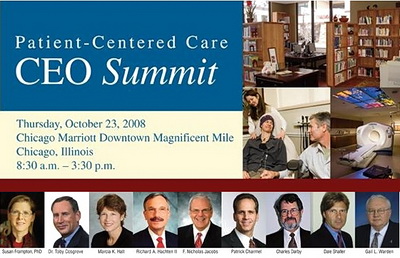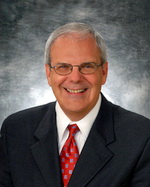I’ve been living in hotels and airports lately speaking at and visiting Planetree hospitals in places like Colorado, Alaska and Iowa. I’ve had some really fascinating and also some creepy experiences. For example, a few weeks ago, I was eaten by bed bugs in Denver. My legs looked like they were Thanksgiving dinner for someone. I was so freaked out from that experience that I threw away my suitcases and kept my clothes in the dryer until they could fit my granddaughter’s Ken doll. I’m happy to report, however, that I’m bedbug free now. The down side? I really haven’t had a good night’s sleep in any hotel bed since then.
 What else have I observed? Last week, while traveling in Iowa, I learned about a drink called 1919. I thought that it was a stronger version of a 7 & 7, but it turned out that it was root beer —Classic American Draft Root Beer. Also, for the first time in years, I noticed that every table in almost every restaurant had Thousand Island salad dressing. Everyone seemed to like waffle fries, too; these are French fries that are cut to look like little waffles. By the end of the week, I was saying things like, “I’d like a salad with Thousand Island dressing, a plate of waffle fries, and a 1919.” (Sorry, Dr. Ornish. )
What else have I observed? Last week, while traveling in Iowa, I learned about a drink called 1919. I thought that it was a stronger version of a 7 & 7, but it turned out that it was root beer —Classic American Draft Root Beer. Also, for the first time in years, I noticed that every table in almost every restaurant had Thousand Island salad dressing. Everyone seemed to like waffle fries, too; these are French fries that are cut to look like little waffles. By the end of the week, I was saying things like, “I’d like a salad with Thousand Island dressing, a plate of waffle fries, and a 1919.” (Sorry, Dr. Ornish. )
This hospital in Waverly, Iowa was incredible. It was beautiful, warm, and filled with really friendly, competent employees. Iowans also claim the honor of being the fourth windiest state in the union, but I think that notoriety only came after my speech. They can claim Johnny Carson, Buffalo Bill Cody, Herbert Hoover, Ann Landers and John Wayne as theirs, too. The very most interesting find? The Quaker Oats factory is in Cedar Rapids.
The week before, while making a speech at Central Peninsula Hospital in Alaska, I noticed that everyone’s eyes had left both my presentation and me and were focusing on the scene that was taking place outside of the panoramic window behind me. Imagine, gorgeous, snow capped mountains with glaciers tucked in between them feeding a glacier lake. One of the employees explained to me that a seal had emerged with a halibut the size of a Volkswagen hood in its mouth while several bald eagles swooped down at the seal and grabbed bites of the halibut right out of its mouth. It was like the Disney movie, “Seal Island,” or maybe it was like “The Muppets Kitchen?” Anyway, it was fairly amazing to watch, and I was glad I was NOT the seal, but even more delighted that I was not the halibut.
After the meeting was over, two of the administrators in attendance were taking a small fishing boat to some island nearby, and then, were going hiking into the woods where they planned to go deer hunting among the bears. Read that line again; they were going deer hunting with the bears, the very big, grizzly bears. The up side of that trip is that the deer there are very BIG. The down side is that the bears are bigger. These guys explained to me that a lot of time, the bears decide to try to eat both the harvested deer and the non-harvested deer hunters. It’s at times like that when being able to run faster than your hunting partner is probably important.
Where to next? Pittsburgh for a panel for the American College of Healthcare Executives at Station Square, then a panel for the American Board of Integrative Holistic Medicine in San Diego, and finally, Fort Myers, Florida for work on a bio-tech center.
I’ve decided to carry a very large flashlight and a very small bottle of bourbon, with some sand. I’m thinking that the bed bugs will get drunk and try to stone each other to death.




















